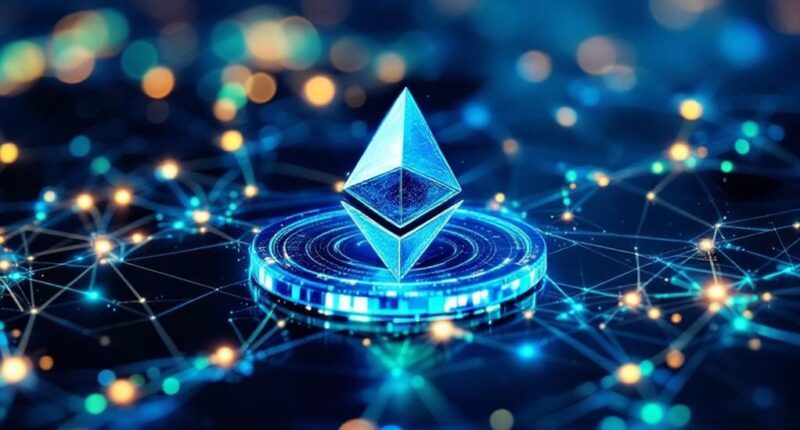How often does a tool designed for cost optimization become a weapon for network manipulation?
In Ethereum’s ecosystem, gas tokens exemplify this duality.
These ERC-20 tokens allow users to store gas units when network fees are low, effectively banking cheaper transaction costs for future use.
Think of them as prepaid gas cards for the blockchain highway – fill up when prices are down, use when they skyrocket.
Gas tokens exploit a clever loophole in Ethereum’s design: the storage refund mechanism.
Storage refund mechanics create a digital arbitrage opportunity that gas tokens exploit with elegant efficiency.
When you delete stored data from the blockchain (like Marie Kondo tidying up your digital closet), Ethereum rewards you with a partial gas refund.
Gas tokens like GST2 leverage this by strategically storing data when gas is cheap and deleting it when expensive, receiving refunds that subsidize up to half the transaction cost.
For legitimate users, these tokens offer genuine benefits.
Arbitrage traders on decentralized exchanges can maintain profitability during congestion, while ICO participants can guarantee timely transactions without breaking the bank.
It’s like having a fastpass for the blockchain rollercoaster during peak hours.
This optimization method resembles how smart contracts automate conditional transactions without intermediaries in other blockchain applications.
But where there’s a clever mechanism, there’s potential for mischief.
Attackers have discovered that gas tokens create avenues for disruption.
By manipulating storage refunds, malicious actors can perform “gas griefing” attacks – artificially subsidizing their operations to congest the network or delay processing for others.
The ability to manipulate transaction fees through gas price dynamics enables attackers to gain advantages during periods of network congestion.
Imagine someone buying all the fastpasses just to make everyone else wait in line longer.
More concerning are the implications for DeFi platforms that rely on predictable gas fee structures.
Refund-based gas manipulation can undermine transaction ordering, enabling frontrunning or sandwich attacks during high-fee events.
Vulnerable smart contracts may have their economics distorted when attackers exploit disproportionate cost savings.
The optimal savings typically occur when high gas prices exceed low gas prices by a factor of at least 2.02 for GST1 with large batch operations.
The gas token paradox reminds us that blockchain innovation often walks a tightrope between optimization and exploitation.
What serves as a legitimate cost-saving tool for many becomes, in different hands, a sophisticated attack vector against the very network it was designed to utilize more efficiently.









